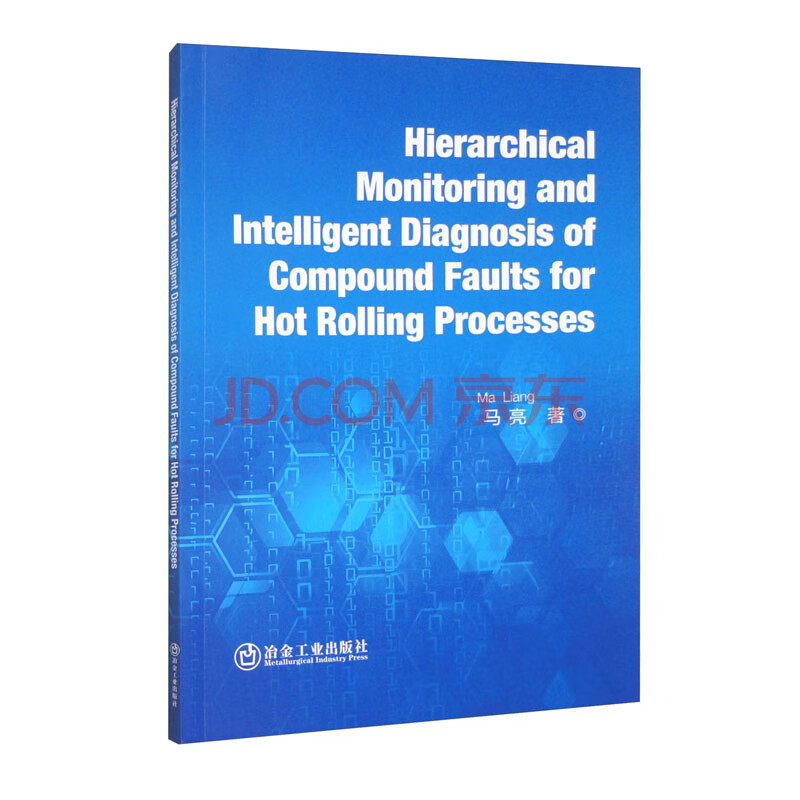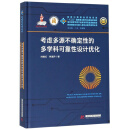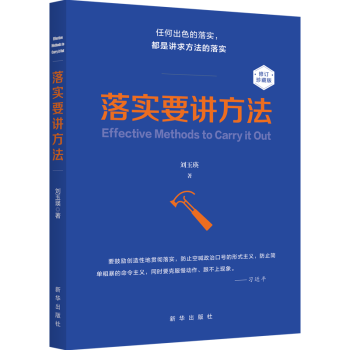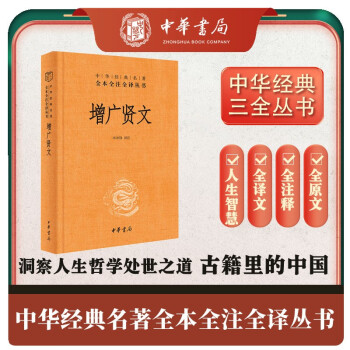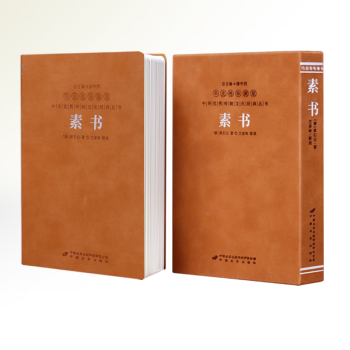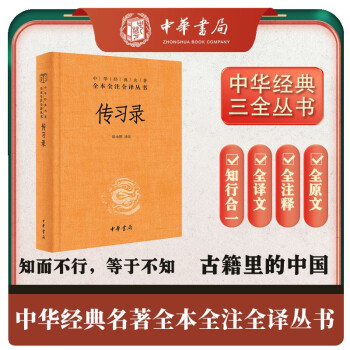内容简介
This thesis originates from the actual needs of modern iron and steel enterprises to improve " quality,efficiency and benefit" ,and fully considers the problems of complex working conditions, mutual coupling between variables, complex modeling, multisource faults, and complex fault propagation path for hot rolling process.By organically integrating multivariate statistics, probability statistics, machine learning, information fusion, information theory, graph theory, pattern recognition, and other theoretical methods,the key scientific problems in the field of monitoring and diagnosis for hot rolling process are studied, providing theoretical and technical supports for effectively reducing or avoiding faults,ensuring product quality,and improving production efficiency of enterprises.
目录
Chapter 1 Introduction
1.1 Motivation of the thesis
1.2 Objectives of the thesis
1.3 Outline of the thesis
Chapter 2 Overview of the Hierarchical Monitoring and Intelligent Diagnosis
Methods for Compound Faults
2.1 Research status of the hierarchical monitoring methods for compound
faults
2.1.1 The multivariate statistics based methods
2.1.2 The multi-block or decentralized monitoring methods
2.2 Research status of the compound fault diagnosis methods
2.2.1 The model based methods
2.2.2 The signal processing based methods
2.2.3 The traditional machine learning based methods
2.2.4 The deep learning based methods
Chapter 3 A Decentralized Detection Framework for Quality-related Faults
3.1 Preliminaries and problem formulation
3.1.1 Mutual information
3.1.2 Kernel principle component analysis
3.2 The decentralized quality-related fault detection method
3.2.1 DMKPCA based offline modeling
3.2.2 Bayesian fusion based online detection
3.3 Verification study.
3.3.1 Descriptions of the HRP
3.3.2 Case study for quality-related faults in RMP
3.3.3 Case study for quality-related faults in FMP
Chapter 4 A Dynamic Hierarchical Monitoring Method for Quality-related Compound Faults
4.1 Preliminaries and problem formulation
4.2 The proposed dynamic hierarchical monitoring method
4.2.1 CCVA based offline modeling
4.2.2 Bayesian inference based online monitoring
4.3 Verification study
4.3.1 Case study for independent compound faults 1 and 3
4.3.2 Case study for independent compound faults 2 and 3
Chapter 5 A Nonlinear and Dynamic Hierarchical Monitoring Method for Quality-related Compound Faults
5.1 Preliminaries and problem formulation
5.2 The proposed nonlinear and dynamic hierarchical monitoring method
5.2.1 AKCVA based offline modeling
5.2.2 Bayesian inference based online monitoring
5.3 Verification study
5.3.1 Parameter setting
5.3.2 Hierarchical monitoring results
Chapter 6 A Semisupervised Classification Framework for
Coupling Faults
6.1 Preliminaries and problem formulation
6.2 The semisupervised MTL method for coupling fault
classification
6.2.1 The proposed framework
6.2.2 Optimization
6.2.3 Convergence analysis
6.3 Verification study
6.3.1 Case study for coupling faults in RMP
6.3.2 Case study for coupling faults in FMP
……
Chapter 7 A Robust Semisupervised Classification Framework for Quality Related Coupling Faults
Chapter 8 A Multi-Iabel Classification Framework for Coupling Faults
C
前言/序言
This thesis originates from the actual needs of modern iron and steel enterprises to improve " quality,efficiency and benefit" ,and fully considers the problems of complex working conditions, mutual coupling between variables, complex modeling, multisource faults, and complex fault propagation path for hot rolling process.By organically integrating multivariate statistics, probability statistics, machine learning, information fusion, information theory, graph theory, pattern recognition, and other theoretical methods,the key scientific problems in the field of monitoring and diagnosis for hot rolling process are studied, providing theoretical and technical supports for effectively reducing or avoiding faults,ensuring product quality,and improving production efficiency of enterprises.
This thesis was done while the author was with the School of Automation and Electrical Engineering,University of Science and Technology Beijing.I would like to give the most sincere thanks to Prof.Kaixiang Peng, my respectful supervisor,who opened the door to the scientific world for me. I am grateful forever for his influence on my research work and great help in preparation of this thesis.
This thesis is supported in part by the Natural Science Foundation of China(NSFC) under Grants (62373041 ,U21A20483 ,72171171) .
I would like to dedicate this work to my parents for understanding and supporting me in whatever I decide to do. Especially my wife and my son,for their patience and love. Their unconditional support and unexplainable faith are the only reason for the completion of this work.

